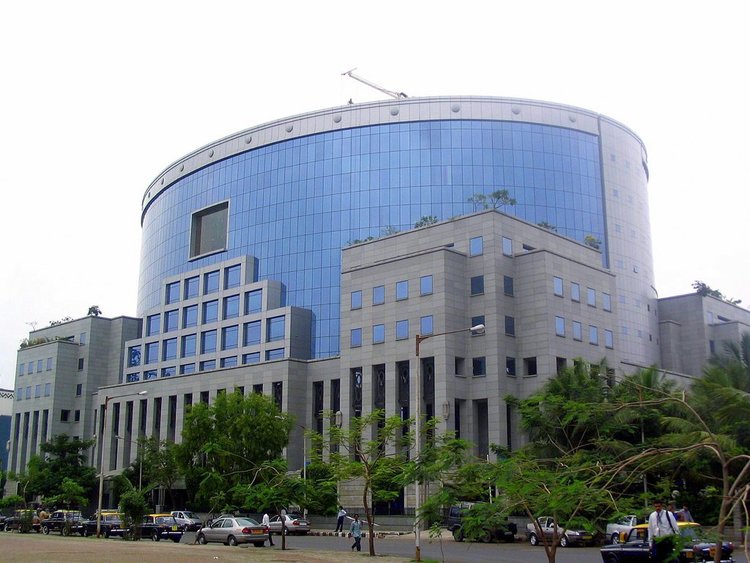Mumbai has always had Worli and Nariman Point as the conventional hubs for business over the years and these were joined by Lower Parel and Bandra-Kurla Complex (BKC) as well. However, with several of these business and financial epicenters reaching their saturation points, Mumbai is set to have several new business zones coming up in diverse locations. The Maharashtra Chief Minister, Devendra Fadnavis, has recently permitted the building of the Wadala Truck Terminal which spans 122 hectares as the third official Central Business District (CBD) in Mumbai after BKC and Nariman Point. There are plans to develop Secondary Business Districts or SBDs at Nilaje in Kalyan, Kharbao in Bhiwandi and Shedung at Panvel. These will boost the real estate markets in these areas and will also lead to more employment opportunities in areas near Thane, Bhiwandi, Vasai-Virar and Mira-Bhayander. Mumbai is one of the costliest markets for real estate in the country and approximately 29% of under construction properties in the city are priced upwards of Rs. 1 crore for every housing unit as per reports. This has led to a big chunk of Mumbai’s professional population shifting to suburban zones in the MMR (Mumbai Metropolitan Region) which includes several areas in Thane and Navi Mumbai. This has made some companies shift to these locations as well. Millennial workers are not too eager to spend several hours traveling to their workspaces. This is making developers plan newer business hubs situated nearer suburban locations. Larsen & Toubro (L&T) is already engaged in catering to this segment with its Seawoods Grand Central, an innovative transit-based business park where one level has the Seawoods railway station in Navi Mumbai. There are several global examples worth emulating such as Dallas’ Mockingbird Station, London’s Canary Wharf, Shinjuku Tokyo and IFC Hong Kong. These are able replacements for traditional global CBDs which could not cater to new-age demands over the years. New commercial hubs are now flourishing in areas like Vikhroli and Powai in addition to Belapur. Oshiwara also holds potential towards becoming another major CBD in Mumbai. The area is already being labelled as the next BKC for Mumbai. Oshiwara has the new railway station in its vicinity along with upcoming metro networks and the Ram Mandir. The new metro routes will link the area to Colaba, SEEPZ, Dahisar, Bandra and Mankhurd by the year 2019 as per reports. 6 roads (90 ft) have been planned within the ODC for better traffic flow. K Raheja Corp has also established the Mindspace business hub in Airoli East. There are green buildings at this project along with electric car charging stations, organic gardens and more such features. GNP Galaxy by noted architect Hafeez Contractor at Ambernath doubles up as a manufacturing and commercial zone with GNP Arcadia and GNP Galleria, two related projects coming up in Dombivali. All of these business parks should be ready by 2021 according to estimates. GNP Galaxy is located on the border between Ulhasnagar and Ambernath. The latter has the MIDC and since Kalyan, the nearest commercial zone was 12 kilometres away, a full-fledged business zone is being set up for the benefit of the local residents. Experts also feel that Mumbai requires more such CBDs and even the new Navi Mumbai Airport may boost both commercial and real estate demand in this regard. The Raheja District II business park is located at Juinagar and will tap into the new NAINA (Navi Mumbai Airport Influence Notified Area) proposal. There is a plan for building a new World Trade Centre-esque hub in this location along with helpdesks for guidance across taxation, customs, government incentives and other details for businesses. Navi Mumbai could steadily become the next big business and commercial zone with better connectivity, more affordability and good social amenities. NAINA will scale up Navi Mumbai boundaries and this will boost real estate markets hugely in turn.
New business hubs on the anvil for Mumbai





